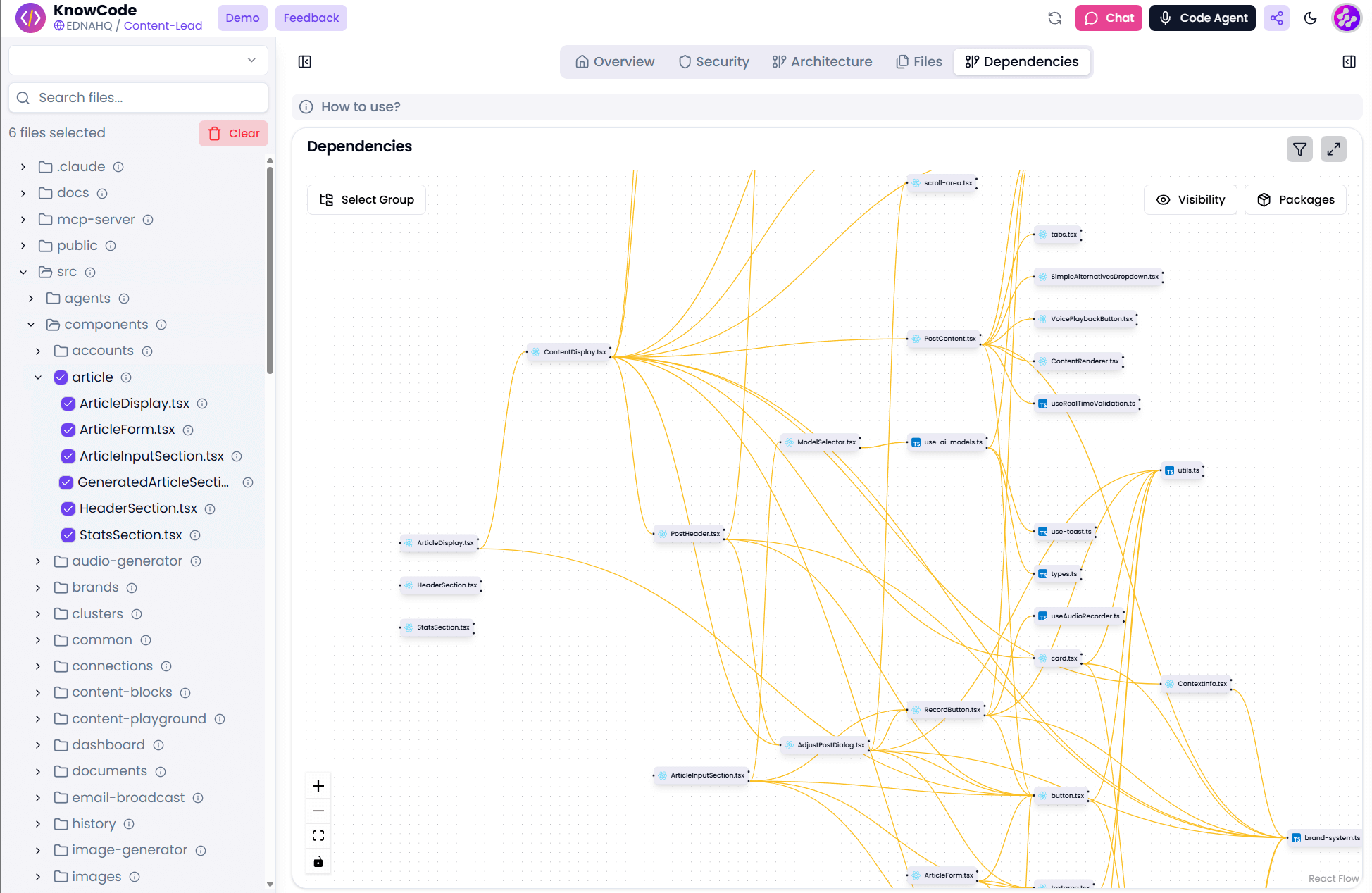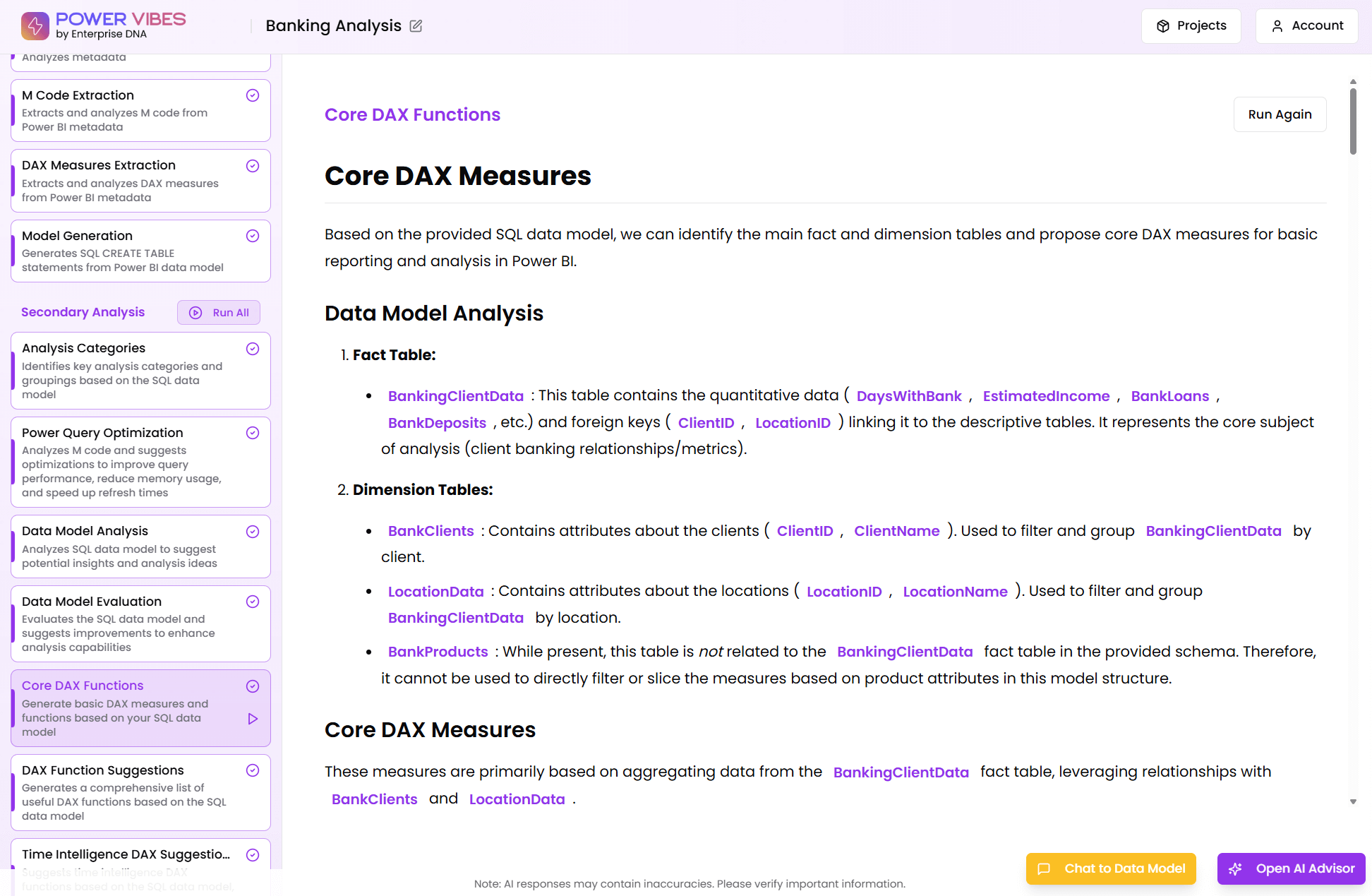DAX Function Guide
RAND
Sam McKay
CEO & Founder
How does the RAND work?
RAND Formula Syntax
RAND()
How do you use the RAND?
RAND()
Related Blog Posts
Loading
Considerations when using the RAND?
RAND and other dynamic functions with no fixed values are not recalculated at all. For example, execution of a query or filtering will not usually cause re-evaluation of such functions. Moreover, when the entire column is recalculated, the results for those functions will be recalculated. Such circumstances involve updating from an external data source or manual data editing triggering re-evaluation of formulas containing certain functions.
In addition, RAND is always recalculated when the function is used to define a variable.
Furthermore, the RAND function can not return a result of zero in such contexts in order to avoid errors such as zero division.
Related Video Tutorials
Loading
Formula examples using the RAND
=RAND()*(int1-int2)+int1
=RAND () * 100
returns 51.2418613788544.
Related Courses
Loading










